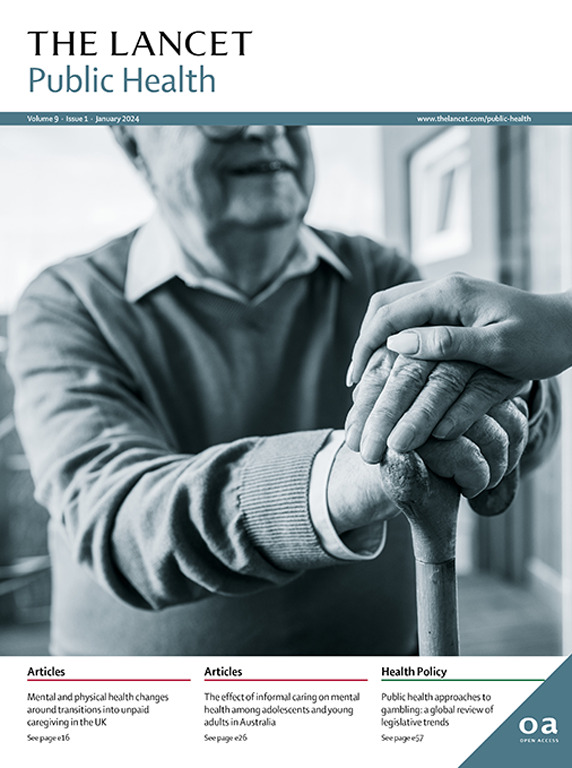The public health risks of counterfeit pills
IF 25.4
1区 医学
Q1 PUBLIC, ENVIRONMENTAL & OCCUPATIONAL HEALTH
引用次数: 0
Abstract
Synthetic illicit drugs, such as nitazenes and fentanyls, are becoming commonplace in countries around the world, including in Europe, Australia, and Latin America, which raises concern for overdose crises like those seen in North America. An important dimension of the risk represented by synthetic drugs is the fact that they are increasingly packaged in counterfeit pill form. These pills—often indistinguishable from authentic pharmaceuticals—have substantially widened the scope of populations susceptible to synthetic drug overdose in North America (eg, among adolescents experimenting with pills or tourists from the USA seeking psychoactive medications from pharmacies in Mexico). The non-medical use of diverted prescription medications is relatively more common, and less stigmatised, than the use of powder drugs. Many consumers of counterfeit pills are unaware that they contain synthetic illicit drugs, believe them to be authentic pharmaceuticals, and would be unlikely to consume those drugs knowingly or if in powder form. Given these issues, we recommend the expansion of educational and awareness campaigns, pill testing programmes to help consumers shift demand to safer products, increased monitoring in routine clinical scenarios and overdose death toxicology, and expanding medically managed safer alternatives to counterfeit pill use.假药对公众健康的危害
合成非法药物,如尼塔尼和芬太尼,在世界各国变得越来越普遍,包括欧洲、澳大利亚和拉丁美洲,这引起了人们对像北美那样的过量危机的担忧。合成药物所代表的风险的一个重要方面是,它们越来越多地以假冒药丸的形式包装。这些药片——通常与真正的药品难以区分——极大地扩大了北美易受合成药物过量影响的人群范围(例如,在服用药片的青少年中,或在墨西哥药店寻求精神药物的美国游客中)。与使用粉状药物相比,将被转移的处方药用于非医疗用途的情况相对更为普遍,也较少受到指责。许多假药的消费者不知道它们含有非法合成药物,认为它们是真正的药物,不太可能在知情的情况下或以粉末形式服用这些药物。鉴于这些问题,我们建议扩大教育和提高认识运动,扩大药丸检测规划,以帮助消费者将需求转向更安全的产品,加强对常规临床情况和过量死亡毒理学的监测,并扩大医学管理的更安全替代假药的使用。
本文章由计算机程序翻译,如有差异,请以英文原文为准。
求助全文
约1分钟内获得全文
求助全文
来源期刊

Lancet Public Health
Medicine-Public Health, Environmental and Occupational Health
CiteScore
55.60
自引率
0.80%
发文量
305
审稿时长
8 weeks
期刊介绍:
The Lancet Public Health is committed to tackling the most pressing issues across all aspects of public health. We have a strong commitment to using science to improve health equity and social justice. In line with the values and vision of The Lancet, we take a broad and inclusive approach to public health and are interested in interdisciplinary research.
We publish a range of content types that can advance public health policies and outcomes. These include Articles, Review, Comment, and Correspondence. Learn more about the types of papers we publish.
 求助内容:
求助内容: 应助结果提醒方式:
应助结果提醒方式:


